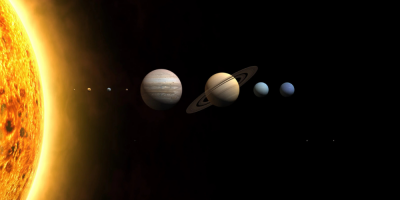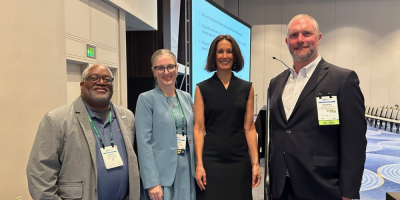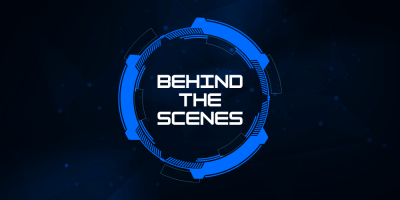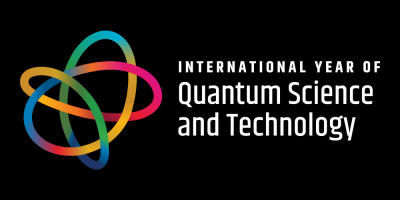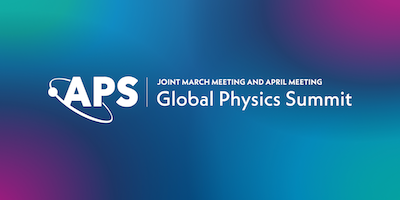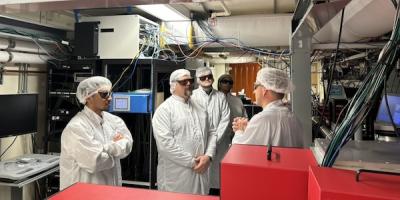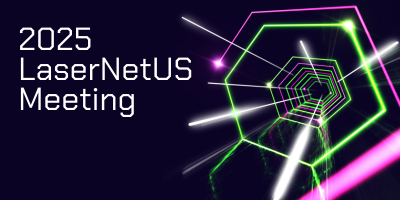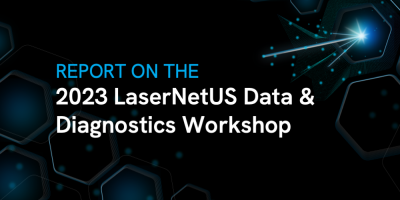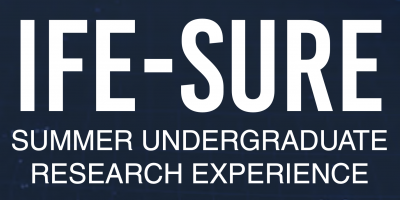
News
News, articles, publications, and awarded experiments on high intensity laser research.
News
Join global experts in a 10-week program this fall to dive into the basics of Warm Dense Matter!
News
Esteemed LaserNetUS members serve in leading roles at the APS Division of Plasma Physics.
News
Stay current with the latest job and other postings hosted by LaserNetUS!
News
LaserNetUS and the NSF ZEUS Laser Facility will co-locate their 2025 Annual Meetings in Phoenix, AZ, from July 8 to 10.
News
The new Tools and Resources Library area of LaserNetUS's website offers detailed technical information to scientists and engineers.
News
The traditional seal logo is now retired; the modern hexagon logo will be used exclusively, effective immediately.
News
This initiative features short interviews with LaserNetUS members, highlighting opportunities for scientists to use the network's laser facilities for their research.
News
LaserNetUS celebrates and supports the 2025 International Year of Quantum Science and Technology (IYQ).
News
The stellar lineup of plenary speakers for the 2025 LaserNetUS Meeting in Phoenix, AZ, July 8-10, 2025, features prominent thought leaders in plasma physics.
News
LaserNetUS is hosting a mini-symposium "Beam Science with LaserNetUS & Other User Facilities" at the APS Global Physics Summit on March 19, 2025.
News
LaserNetUS begins the first facility visit in its new Technical Exchange Program.
News
Dr. Franziska Treffert shares her personal story, noting LaserNetUS's impact on her professional development as a scientist and leader in this re-recorded talk from the LaserNetUS 2024 Meeting.
News
Join us in Phoenix, AZ, for an opportunity to learn, collaborate, and inspire the future of high-power laser science.
News
LaserNetUS has selected PhD students Elias Catrix and Griffin Glenn as its first-ever Student Ambassadors.
News
Prepare and submit your proposal before Dec. 16, 2024 by 4 PM PT.
News
Her plenary will highlight LaserNetUS' contributions to high-intensity laser science and groundbreaking advancements in plasma physics in the first five years of the program.
News
Prof. Matthew Edwards assumes leadership of the Proposal Review Panel ahead of LaserNetUS Cycle 7.
News
The program will provide graduate students with opportunities to present their LaserNetUS research.
News
Discover how LaserNetUS aims to revolutionize high-power laser science with cutting-edge diagnostics! Read the newly published Data and Diagnostics Workshop Report!
